In this article, I am going to review Dr. Philippe Goldin‘s Google Talk from March 1, 2008.
I have already posted the video as Meditation Practices: How Do They Affect The Brain?
My purpose in this article is to extract one of the slides from the video and expand on it from the point of view of a meditation practitioner rather than a cognitive neuroscientist.
I think that there is a lot of value in doing this because the extracts present the concepts in very interesting ways.
Many Types of Mindfulness Meditation
Let’s look at this slide on Many Types of Meditation:

The Many Type of Mindfulness Meditation | Slide by Philippe Golden, Ph. D.
In this slide, we see three classes of meditation practices: concentration, analytic, and emptiness.
Concentration
Mindfulness of Breathing
The most basic practice, as taught by the Buddha and Zen Master Thich Nhat Hanh, is mindfulness of breathing.
We are taught four basic practices of mindfulness of breathing:
- Recognizing the in breath as in breath and the out breath as out breath
- Following the in breath all the way in and following the out breath all the way out
- Being aware of the body as you breathe in and as you breathe out
- Calming the body as you breathe in and as you breathe out
Imagery and Visualization
Imagery and visualization have been a major part of my life for many years. Check out this article I Ching: Perseverance Furthers.
The part of the story that I did not tell at that time is that before I met Father Eli, I had taken the Silva Mind Control course. After about one month in the Ozark mountains with Father Eli, it dawned on me that he was teaching us to do the kind of training that I received from the Silva method. When I asked Father Eli about this, he told me that Jose Silva was one of his brightest students many years before me!
Mantra
As it turns out, I was given a very powerful mantra by Swami Rama of the Himalayas and continued to practice meditation with the mantra during the summer I trained in the Ozark mountains with Father Eli!
There, in the mountains, sitting in my yellow submarine (van), I had one of the most remarkable meditation experiences I’ve ever had. The memory of it inspires me, even today.
The most popular form of mantra meditation is probably Transcendental Meditation. You can read more about it in my article titled, Oprah Thinks Transcendental Meditation Practices are Amazing.
Contemplation
Where Dr. Philippe Goldin classified meditation types as, “Analytic-linguistic-reasoning,” I call these “contemplation.”
Contemplation is the process of using reasoning and analysis to look deeply into matters of importance in life.
Precious Human Birth
For example, Dr. Goldin uses “Precious human birth,” and I think this is an excellent one.
This one is especially nice to contemplate, starting from the big bang, to the origin of the galaxy, to the supernova that exploded in our neighborhood, to the forming of the solar system, to the cooling of planet earth to the point where it supports life, and down to the evolution of the human species.
Remember, we are all nothing but star dust, and in 5 billion years or more, even the sun will die.
I have talked a lot about the relationship between Cosmology and Buddhist Thought in my interview with Dr. Neil deGrasse Tyson, elsewhere on this blog.
The Five Remembrances
Death meditation is one of the five remembrances talked about in The World Without Humans. The others include the contemplation of old age, sickness, impermanence, and karma.
Practicing the five remembrances, involves acknowledging that you will become ill, grow old, and eventually die, and realizing that there is no escape from any of these conditions.
Loving-kindness Meditation
Loving-kindness meditation is practiced quite widely in meditation circles and I’ve written about it in other posts on this blog.
It is one of the most important meditations that we can do to develop compassion for ourselves, or dear ones, and people all over who are suffering.
I have incorporated loving-kindness meditation into my daily practice for over twenty years now.
I learned some wonderful verses to use during loving-kindness meditation. Here is one set:
May I be at peace.
May my heart remain open.
May I know the beauty and the radiance of my own true nature.
May I be healthy.
May I be free and happy, truly happy.
After you have practiced showing loving-kindness blessings on yourself, and feel comfortable with doing so, the next step would be to substitute your loved ones for yourself in the above verses.
You could follow that with people in your extended family, people you know who are suffering, people you don’t even know, and finally, all sentient beings.
Emptiness
I have talked about emptiness in many places on this blog, so it is not necessary to deal with it at length in this post.
The insight of emptiness when we recognize that we are empty of a separate existence. We dependent on many causes and conditions that interact with our daily lives.
Just think about if for a moment. Where would you be without the sun, the rain, the soil, the gardener, the grocer, and your supply of water and food?
Even the sun has to inter-be with the galaxy and the cosmos.
What You Can Now Do
With all these meditation practices, I’m pretty sure you can find one that suits you fine.
On this website, you can start with the mindfulness of breathing recordings under “Mindfulness” tab (two slots to the right of “Home” tab). There you will find six guided 9 minute meditations, the Five Mindfulness Trainings and the Fourteen Mindfulness Trainings of the Order of Interbeing. You can easily find these by clicking on the “Meditation Practices” tab below.
A better place to start may be with the Meditation tab next to the “Home” tab. Right now, there is a special so visit Get A Second Guided Meditation For Free.
Of course, you are not limited to these choices and you can choose to meditate on your own.
Whichever you choose, please share your experience with the community of meditation practitioners reading this blog and the Meditation Practices Facebook page.



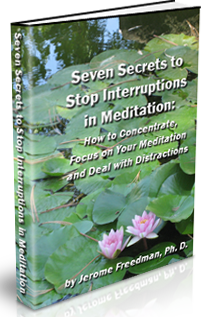
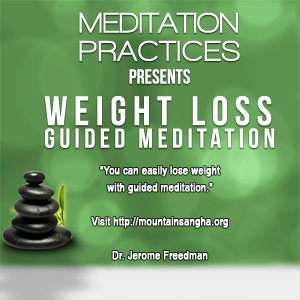
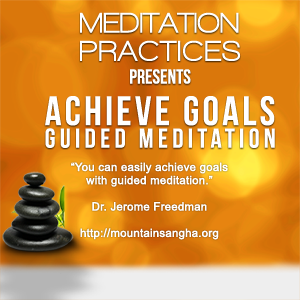
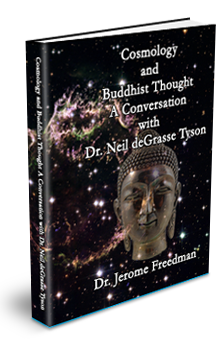

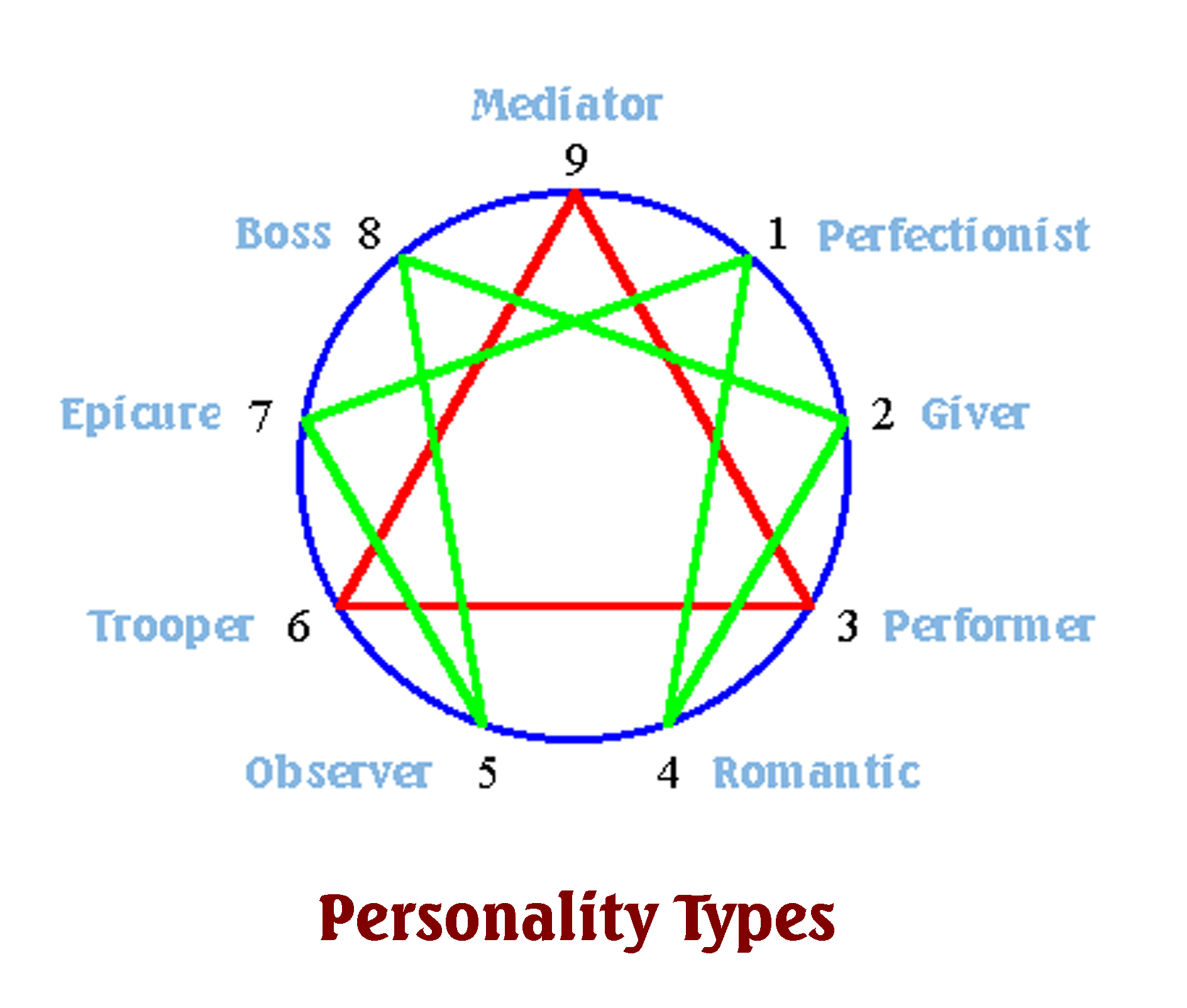
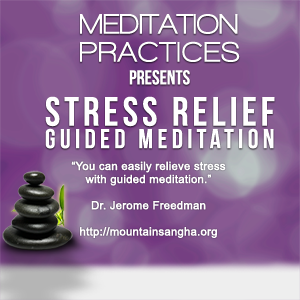
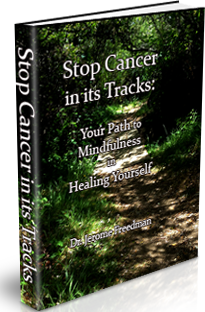
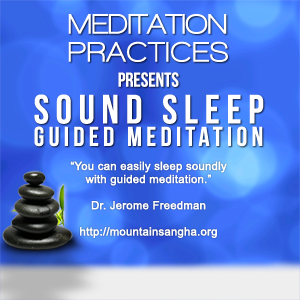
.jpg)
You must be logged in to post a comment.